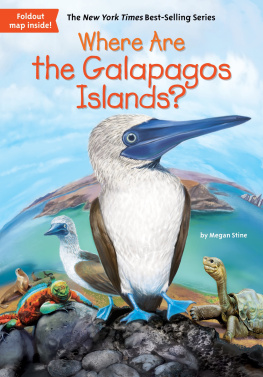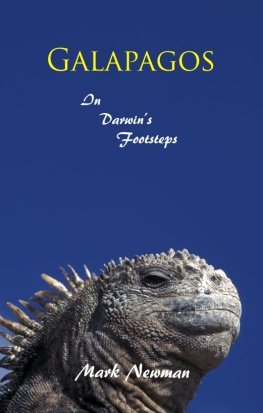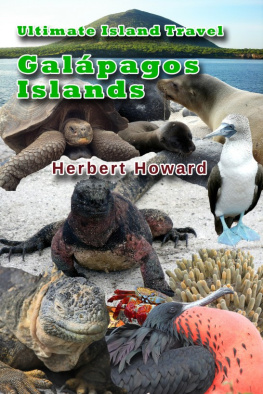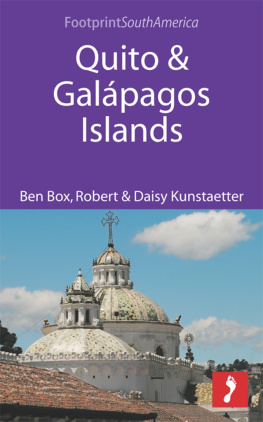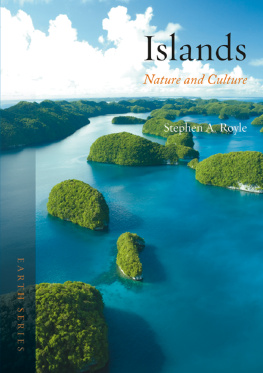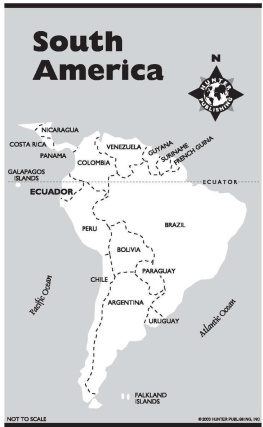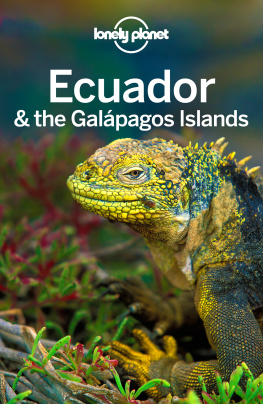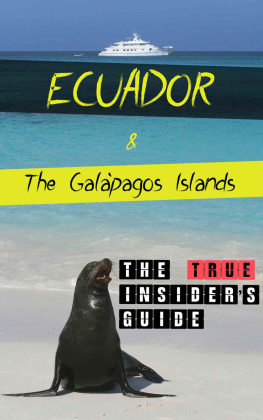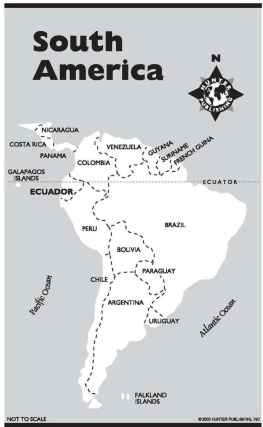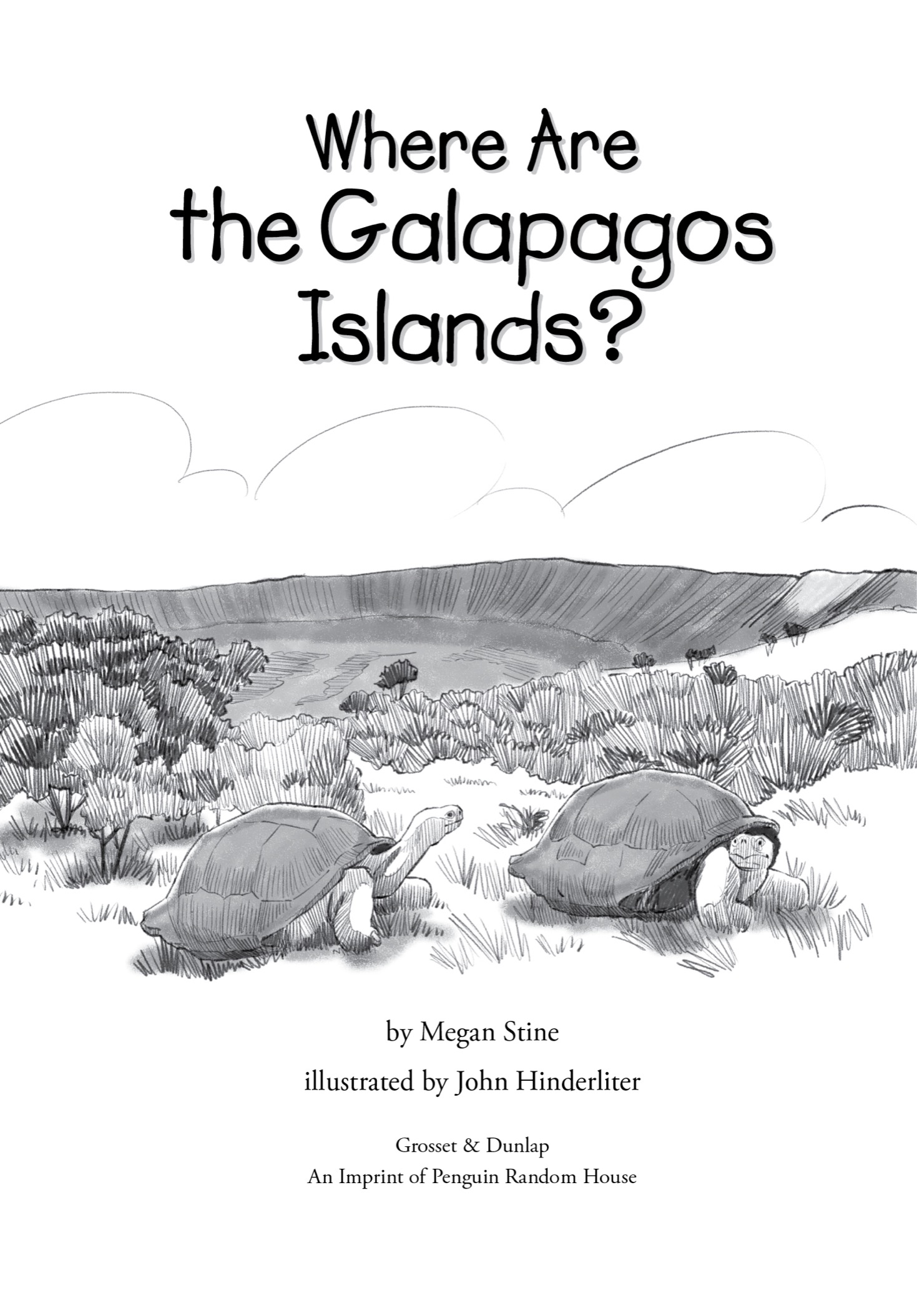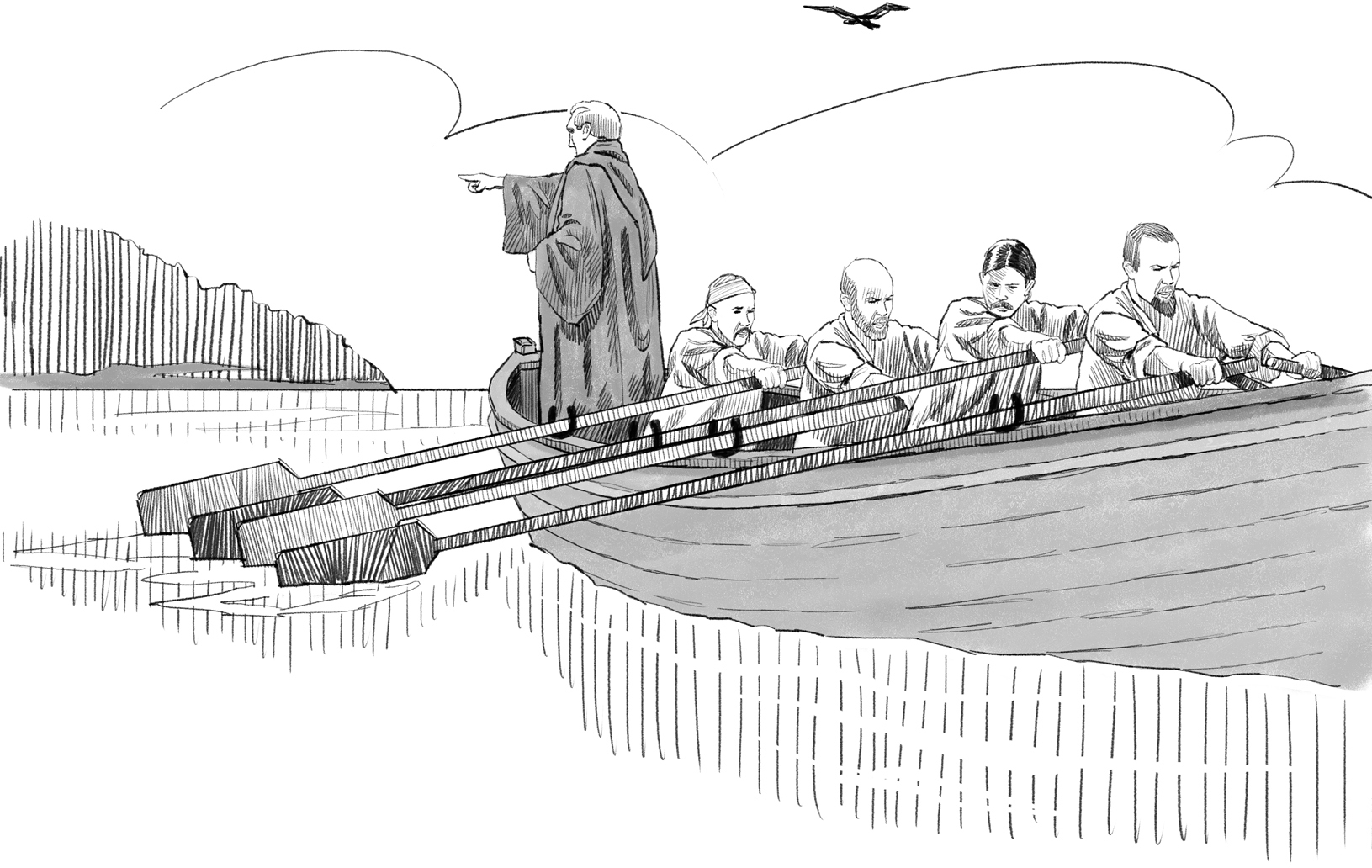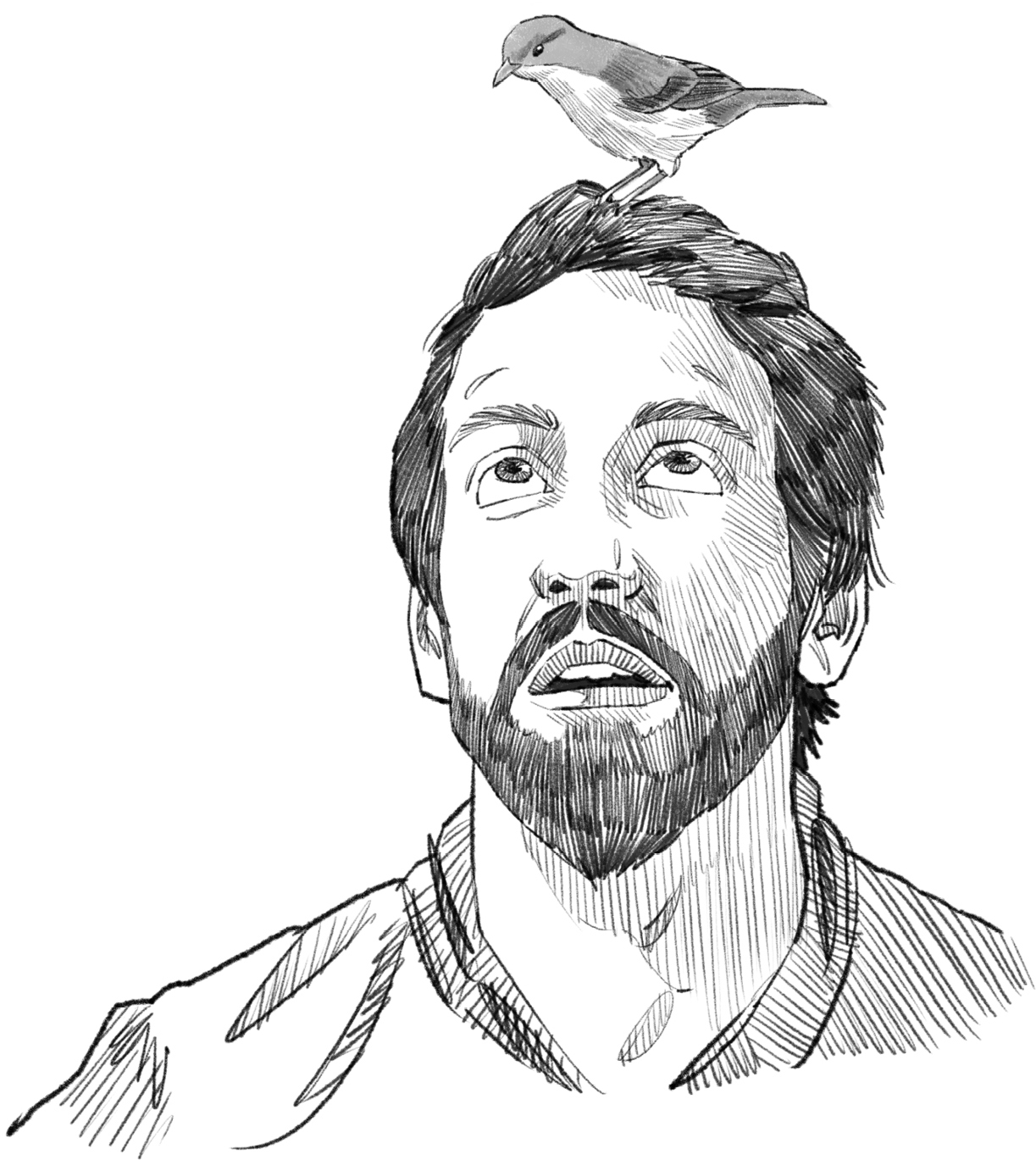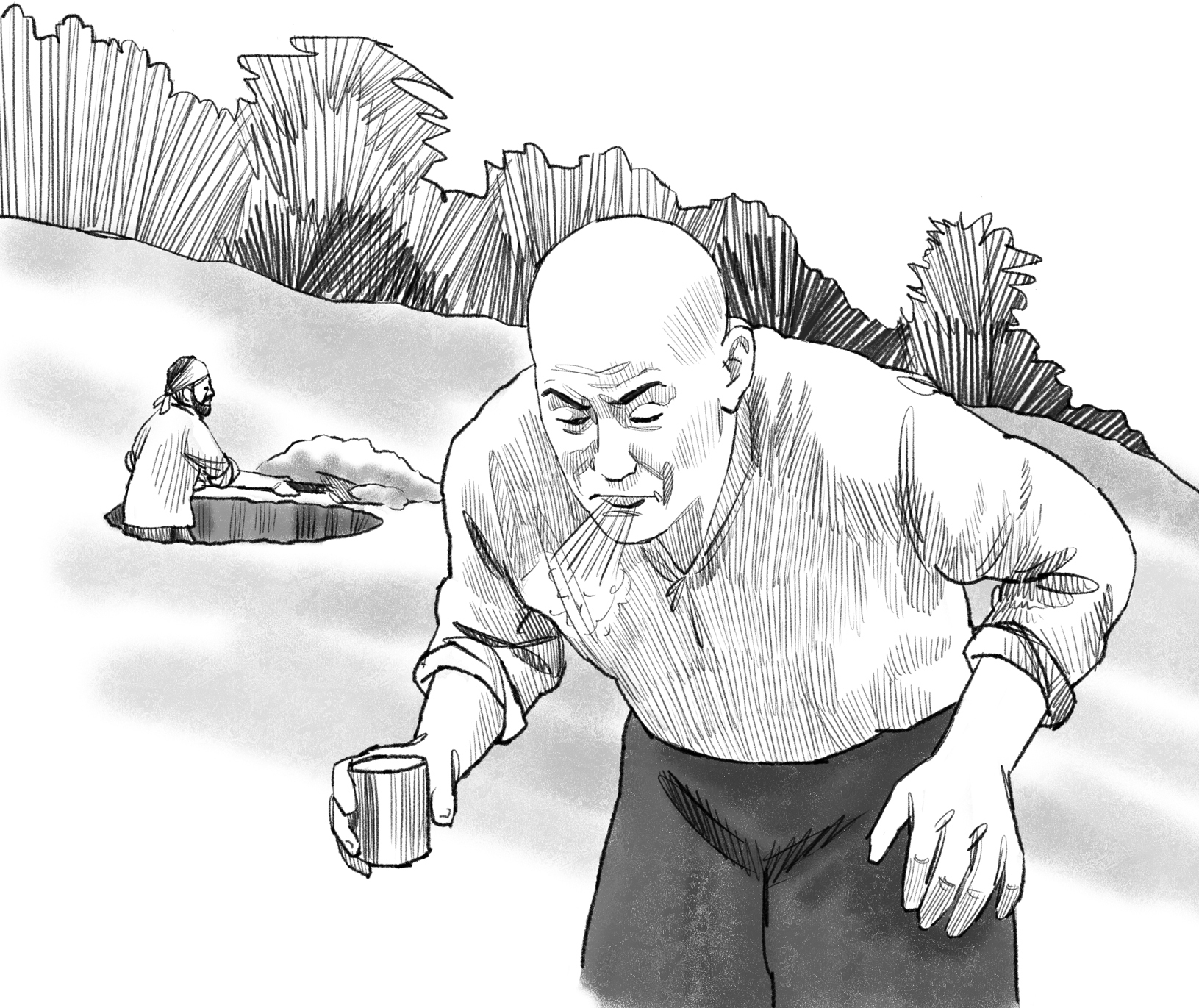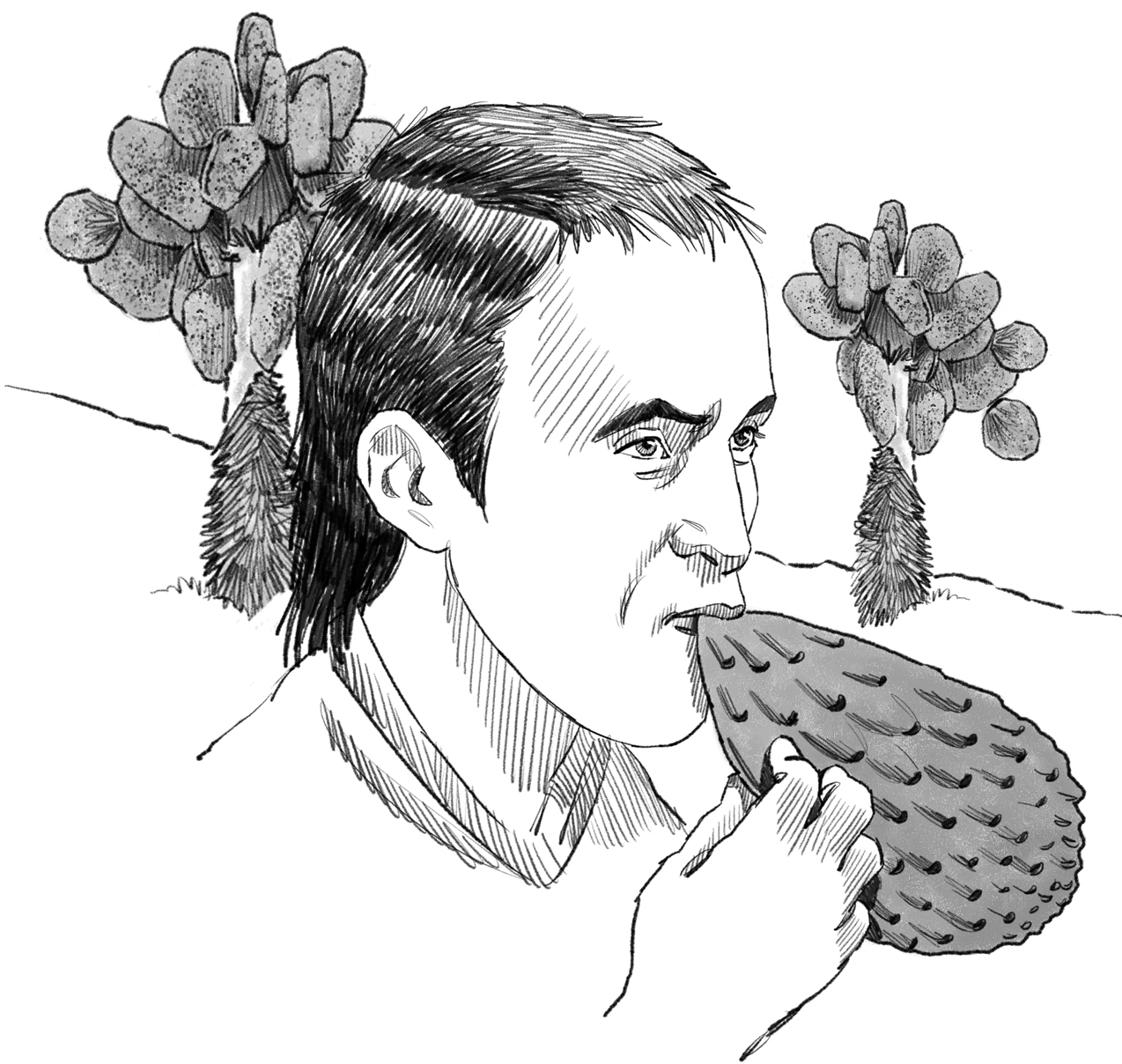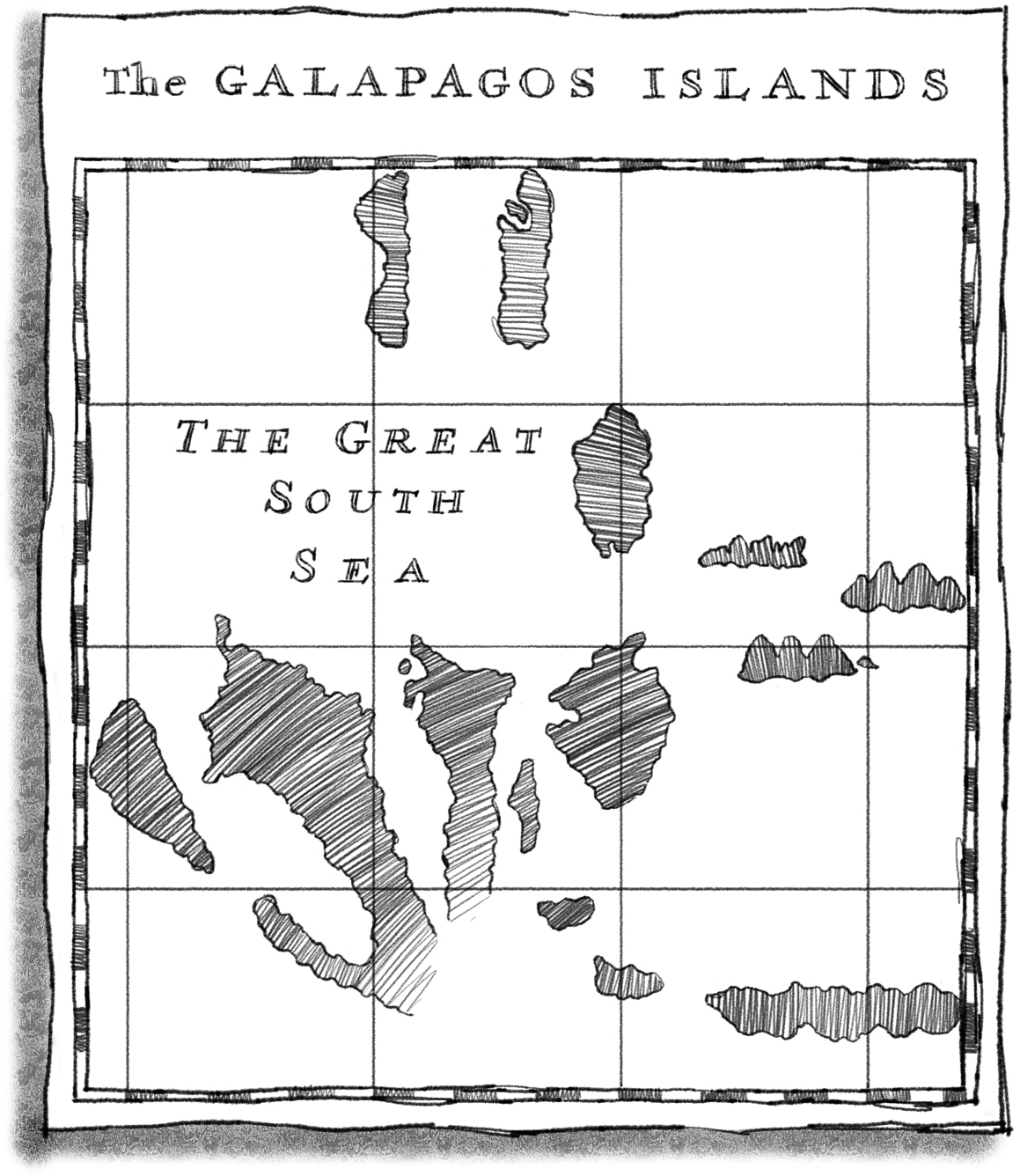For DarylMS
For Carson and Bryce.
Books are full of adventureJH
GROSSET & DUNLAP
Penguin Young Readers Group
An Imprint of Penguin Random House LLC

If you purchased this book without a cover, you should be aware that this book is stolen property. It was reported as unsold and destroyed to the publisher, and neither the author nor the publisher has received any payment for this stripped book.
Penguin supports copyright. Copyright fuels creativity, encourages diverse voices, promotes free speech, and creates a vibrant culture. Thank you for buying an authorized edition of this book and for complying with copyright laws by not reproducing, scanning, or distributing any part of it in any form without permission. You are supporting writers and allowing Penguin to continue to publish books for every reader.
The publisher does not have any control over and does not assume any responsibility for author or third-party websites or their content.
Text copyright 2017 by Megan Stine. Illustrations copyright 2017 by Penguin Random House LLC. All rights reserved. Published by Grosset & Dunlap, an imprint of Penguin Random House LLC, 345 Hudson Street, New York, New York 10014.
The WHO HQ colophon and GROSSET & DUNLAP are trademarks of
Penguin Random House LLC. Printed in the USA.
Library of Congress Cataloging-in-Publication Data is available.
ISBN 9780451533876 (paperback)
ISBN 9780451533890 (library binding)
ISBN 9780451533883 (ebook)
Version_1
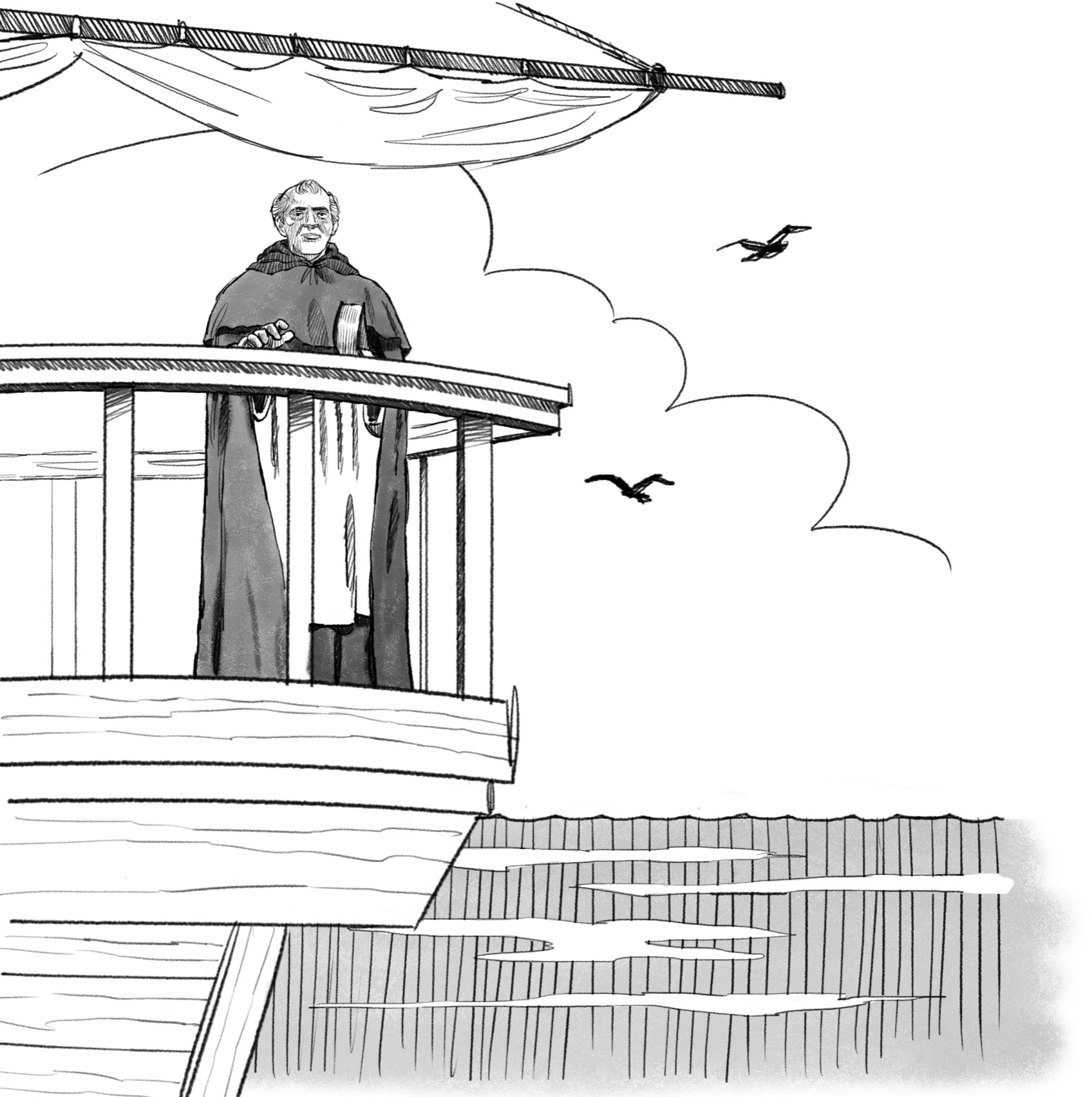
Where Are the
Galapagos Islands?
It was a hot, dry day in March. The year was 1535. Brother Tomas, the bishop of Panama, was on board a ship sailing from Panama to Peru. He had been sent by King Charles I of Spain to settle problems in Peru. (Spain owned Peru at that time.) The bishop thought there was enough food and water for the trip, but he was wrong. After seven days at sea, the wind suddenly died down. His ship was stranded in the Pacific Ocean. There was no way other than wind to make the ship movemotors didnt exist yet. He could do nothing but wait until the wind picked up again to fill the sails.
For several days, the ship drifted on the ocean currents. The men on board were so thirsty, they thought they might die. They couldnt drink the salty seawaterit would have killed them. Finally, on March 10, they spotted land. Islands! They had drifted toward an amazing place that wasnt on any map. No one lived on these islands. No one even knew these islands existed!
Quickly they anchored the boat. The bishop and crew went ashore, hoping to find food and water.
What they saw seemed like a cross between heaven and hell on earth.
The islands were alive with animals the sailors had never seen before. There were giant tortoises big enough for a man to ride! There were iguanas that knew how to dive and swim! There were hundreds of strange birds that werent afraid of people. They would perch on a sailors head, or hop right onto his hand. Some birds had bright blue feet and walked in a funny waddle.
But there was no freshwater to be found. When the bishops men dug a well, the water that came out was saltier than the ocean. And much of the landscape was so rocky and harsh, plants could not grow. On some islands, the land was covered with solid black lavasharp to the touch and difficult to walk on. The bishop said it looked like God had showered stones.
All the men had to eat were sour prickly cactuses. They sucked the liquid out of them to survive. The bishop and his men searched several of the islands, but two men and some horses died of thirst before they could find any freshwater to drink. When a breeze finally blew in after two days, they quickly reboarded the ship and sailed away.
The bishop didnt give a name to the islands. But he did write to the king of Spain, describing this otherworldly place. He mentioned the giant tortoises, called galpagos in Spanish. The islands appeared on a map a few years later with that nameGalapagos.
It would take another 150 years before anyone visited again or wrote about this strange, magical place. And it would be exactly three hundred years till the most famous visitor of all arriveda young scientist named Charles Darwin. When he landed on the Galapagos and saw the creatures there, he came up with an idea about how all forms of life change over time. His big ideacalled evolutionchanged the world. Because of Darwin, the Galapagos Islands became the famous place they are today.
CHAPTER 1
The Islands Are Born
Millions of years ago, a volcano began erupting underwater in the Pacific Ocean. It was six hundred miles off the west coast of South America, near the equator. Hot lavamelted rockshot up through a gap in the earths crust at the bottom of the sea. As the lava cooled, it formed a mountainan underwater mountain! Each time the volcano erupted, more lava came up and the underwater mountain grew taller. Eventually, it was so tall that its top rose above the water.
A new island had been born.
Over timethousands of yearsthat island moved to the east. Then, when the volcano erupted again, another island was created where the first one had been. The same thing happened over and over. Each time a new island was created, it ended up moving east. After millions of years, there was a whole string of islands. As one scientist said, the islands seemed to be moving on a conveyor belt, the kind of belt that carries your groceries in a supermarket.
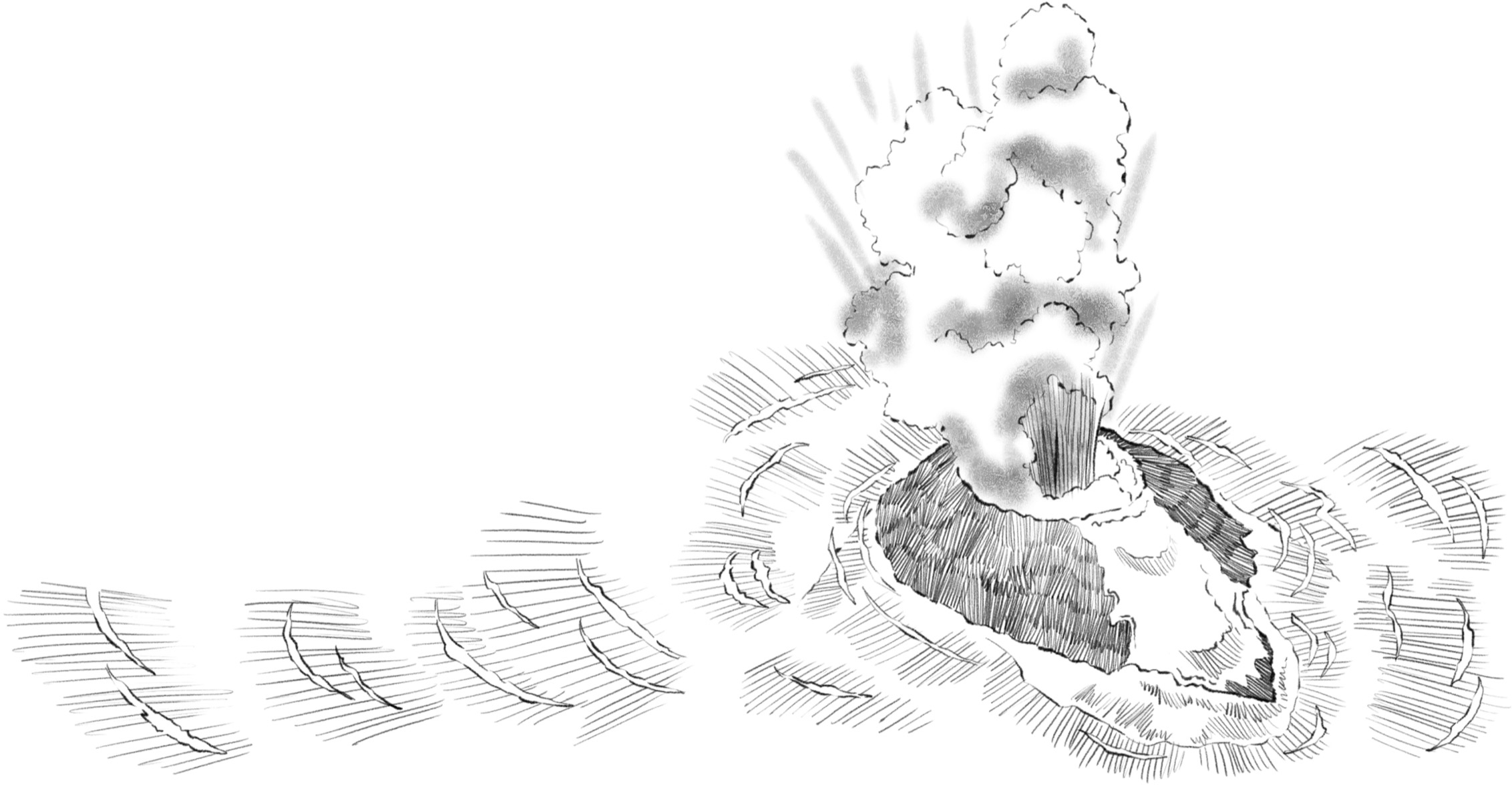
Tectonic PlatesHow Islands Can Move
Strange as it may seem, all the land masses on earth are always moving. They move because the earths crustthe outermost layer of the planetis made up of a number of separate pieces. These pieces are called tectonic plates. Imagine that the earth is like an orange. If you remove the peel and cut it into pieces, and then put them back together, they would still cover the orangebut not in one piece anymore. Thats how the earths crust is. Its made up of separate pieces. They can move because they arent attached to one another, and because theyre floating on the soft liquid inside the earth, which is melted rock.

